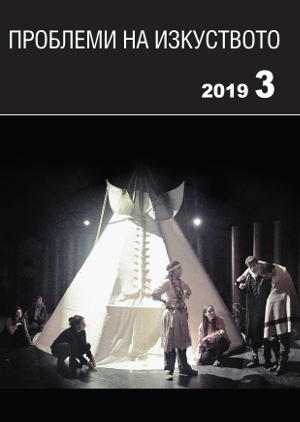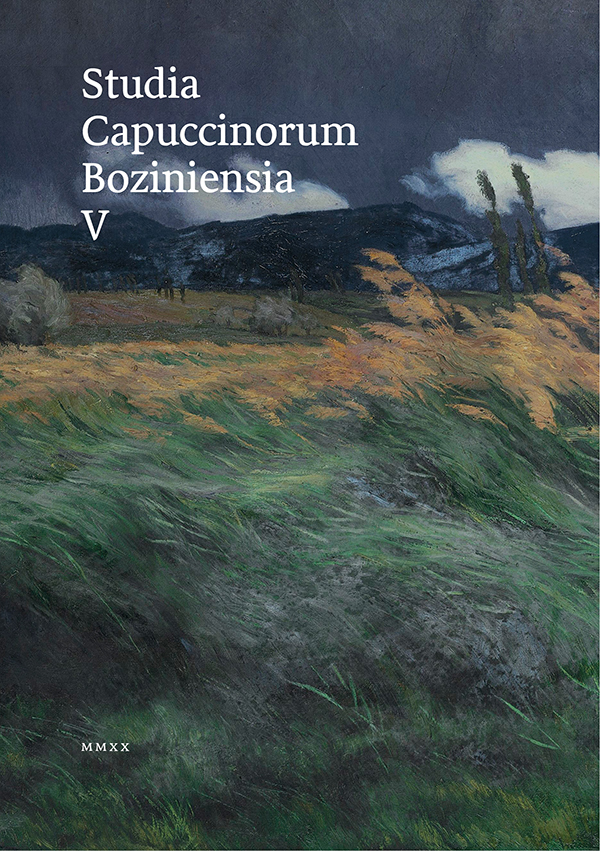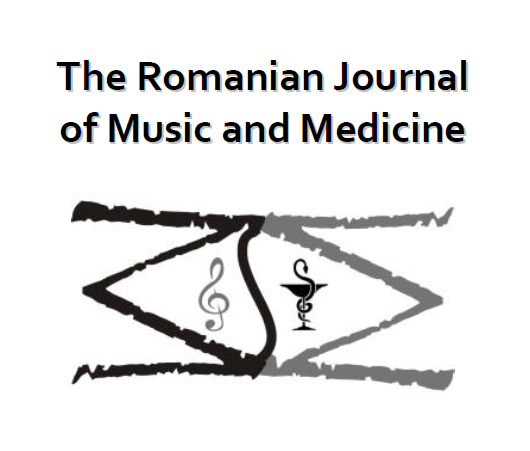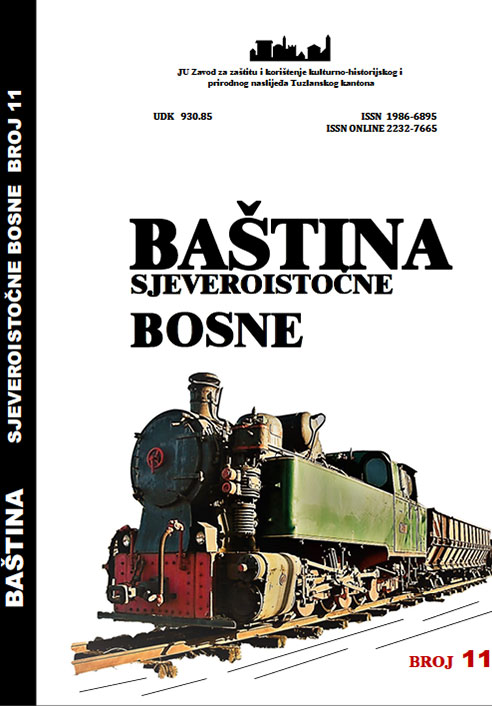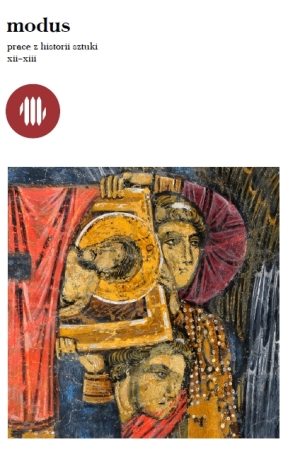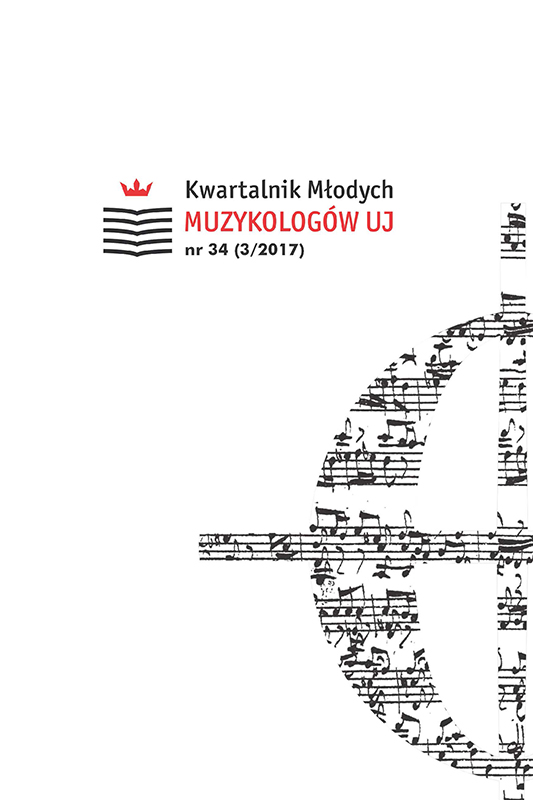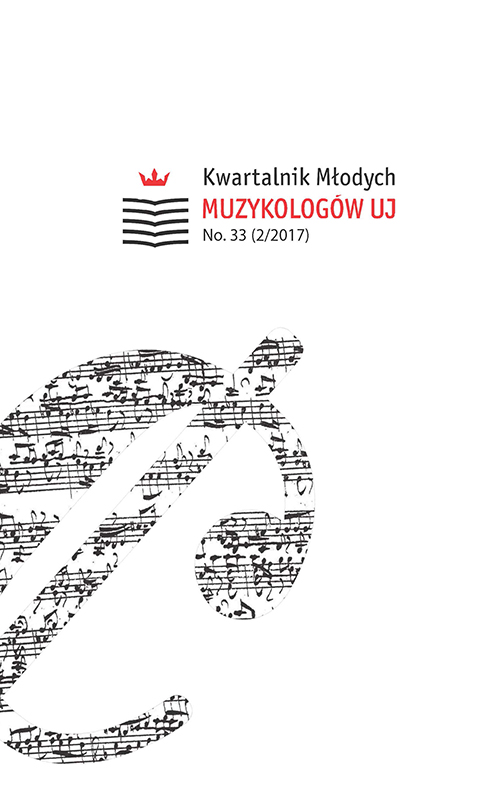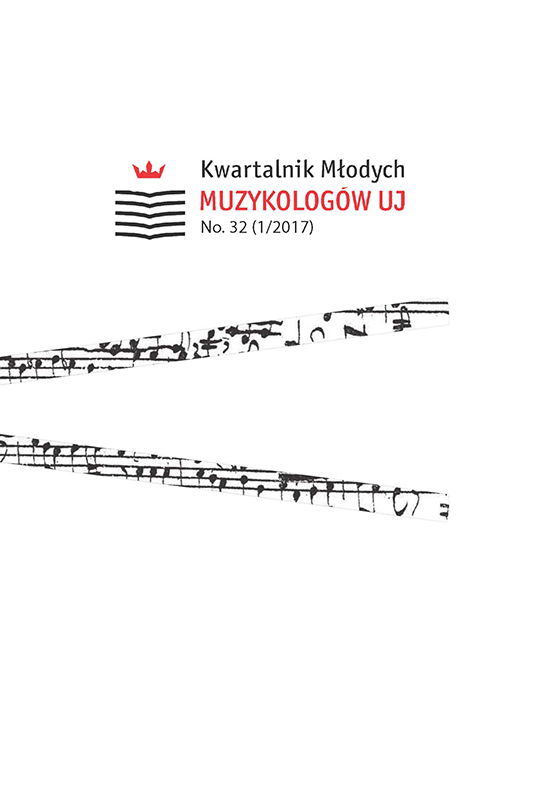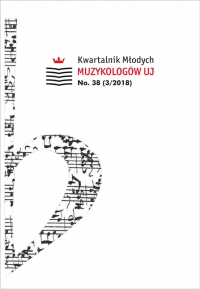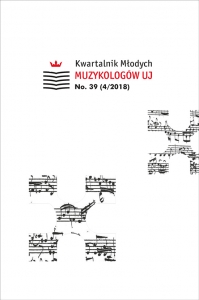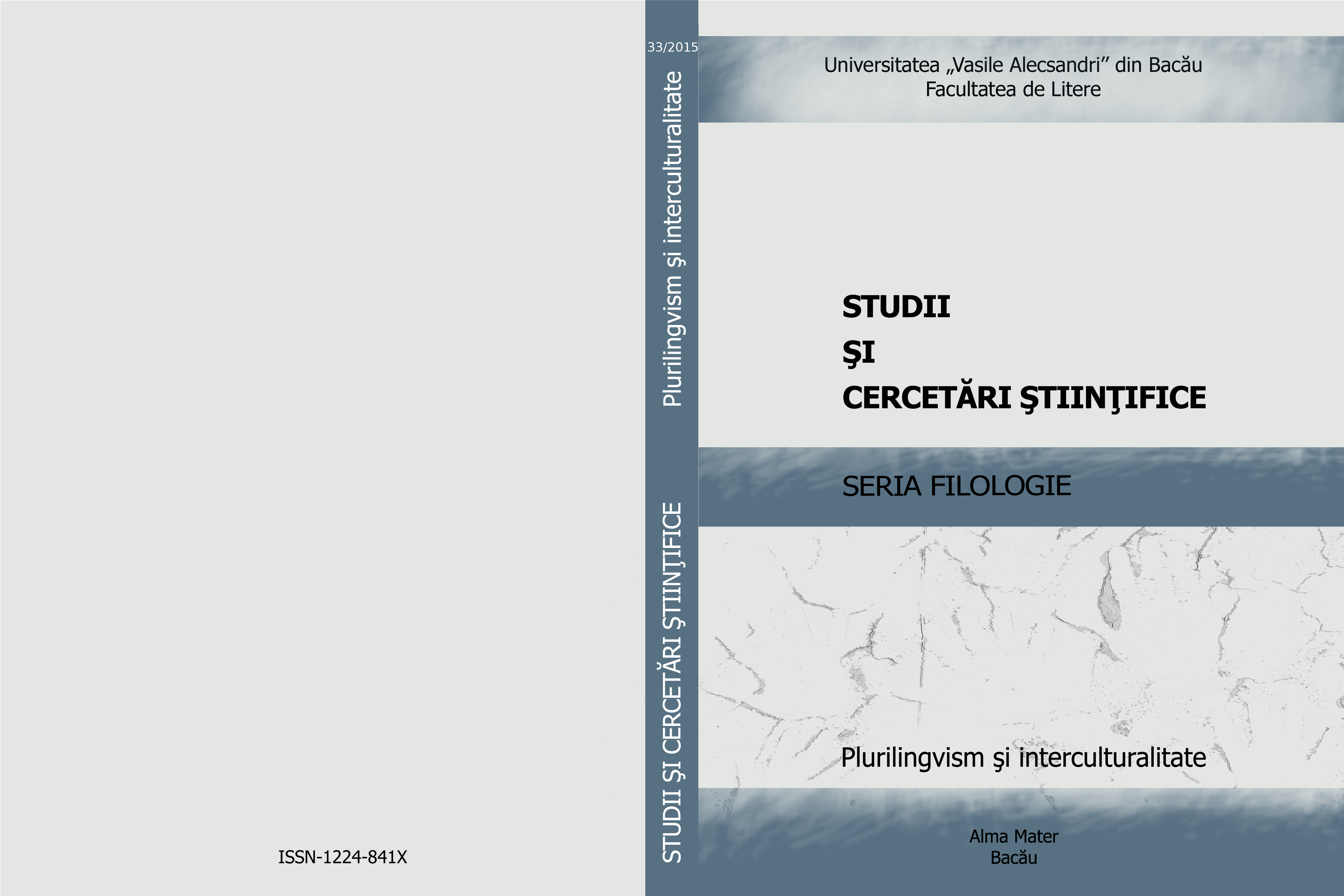
DU JEU THEATRAL AU TEXTE ET AU SPECTACLE VIVANT
The method of foreign languages teaching-learning by means of a theatrical play in a theatrical and non- theatrical space is suitable for advanced school public (high -school pupils, students) but it can also be applied to secondary school classes or in order to allow the integration of disadvantaged children in the social life. But, during this European project we discovered also that theatre is a very efficient method of teaching-learning languages for adults. It consists of giving the students the opportunity to involve in the teaching-learning process not only their intellectual capacities (memory, analysis, synthesis, etc.) but also their body (gesture, movement, dancing, gymnastics, and elements of the circus), their vocal qualities, their affectivity, their ability to live life and know-how. The linguistic and pedagogical exploiting of a text becomes, by the intercourse of the dramatic acting, more living, requiring the dynamics of the interpersonal relations (the interaction of the group and its members), as well as the experience field of the acting persons, their perceptions and their subjective reactions and their manner of transposition in the character and the context of playing. We plead for the theatrical play taking into account its great capacity to create an agreeable atmosphere, to transform the group into a body acting in accordance with the spirit born during the chorus work. In addition, this is an entire active, formative-participative method.
More...
